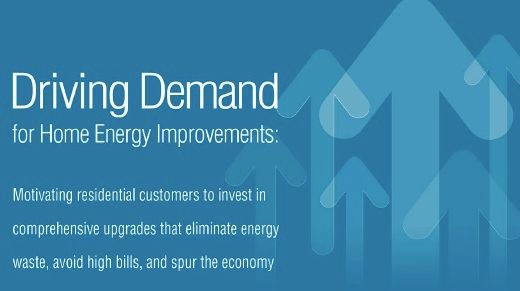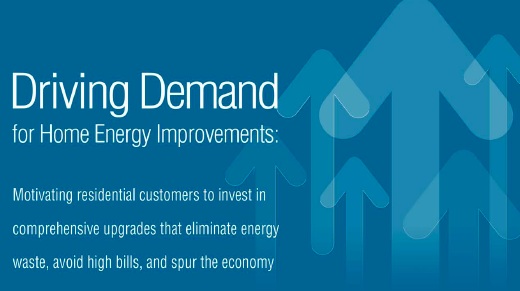
It so happens that the discussion of contractor business strategies at September’s Remodeling Show, which we mentioned here the other day, has a not-too-distant cousin: a Lawrence Berkeley National Laboratory report titled “Driving Demand for Home Energy Improvements,” which was published last month.
First off, let’s concede we’re using the cousin metaphor here (rather than, say, “twin”) because remodelers whose services include energy efficiency improvements might find portions, but certainly not all, of the LBNL report pertinent to what they experience when they pitch energy efficiency retrofit services to prospective clients.
The “Driving Demand” report is primarily addressed to agencies that administer residential weatherization programs, and it analyzes 14 case studies of retrofit projects in the U.S. that are, for the most part, notably successful. What might interest contractors in all of this are the techniques that some of those agencies found effective, and the things they found counterproductive, when pitching retrofit services to homeowners.
Meeting the motivation challenge
For most contractors, some of the observations in the report will seem like rehashed Customer Communications 101 fundamentals – hardly revelatory, though they might be new turf for some program administrators and bureaucrats. “When policymakers ask what energy efficiency can do, the answers usually revolve around the technical and economic potential of energy efficiency—they rarely home in on the element of energy demand that matters most for changing energy usage in existing homes: the consumer,” the report points out in its executive summary. “A growing literature is concerned with the behavioral underpinnings of energy consumption. We examine a narrower, related subject: How can millions of Americans be persuaded to divert valued time and resources into upgrading their homes to eliminate energy waste, avoid high utility bills, and spur the economy?”
Fair enough. It’s useful to note, though, that the researchers who led this relatively through study by the well-funded LBNL are careful not to tout it as definitive. Developing energy-retrofit sales pitches for homeowners, they say, is a work in progress, a set of strategies that is nuanced, market-specific, and, ideally, always open to experimentation and refinement.
Talking to, but not down to, prospective customers
Still, a few things stood out in the analysis. One is that an energy retrofit contractor – or an entire weatherization program, for that matter – must sell something people want. Obvious? Yes, but often overlooked. “High home energy use is not currently a pressing issue for many people; find a more appealing draw such as health, comfort, energy security, competition, or community engagement to attract interest,” the report suggest.
Another: language is powerful, for better or for worse. Unless you’re talking to someone else in the business, in fact, avoid the words retrofit and audit. (!) Even if consumers have heard the jargon contractors use, it doesn’t necessarily mean what it should to homeowners. “Use specific vivid examples, personalize the material wherever possible, frame statements in terms of loss rather than gain,” the report advises.
Accompanying paperwork can seem daunting to homeowners. “Offer seamless, streamlined services—package incentives, minimize paperwork … give people fewer reasons to decide against home improvements by making it simple.”
Also, the LBNL report, encouragingly, urges program administrators to work closely with contractors from the earliest stages of program development onward. Design a program your contractors will want to sell, the researchers says, and they can become the program’s most valuable ambassadors. More than any other party, they “are the people sitting across the kitchen counter making the final sales pitch to a homeowner – contractors are often the public face and primary sales force for the program.”
LBNL has set up a web page that features downloads of segments of “Driving Demand for Home Energy Improvements.” You also can download the full report, but note that the document is 136 pages.
Fine Homebuilding Recommended Products
Fine Homebuilding receives a commission for items purchased through links on this site, including Amazon Associates and other affiliate advertising programs.

Handy Heat Gun

Affordable IR Camera

Reliable Crimp Connectors



























